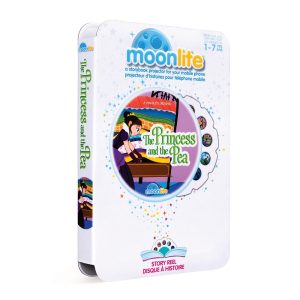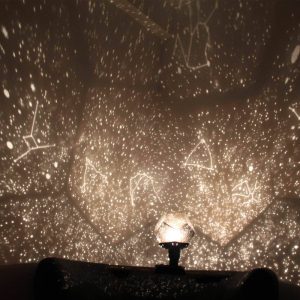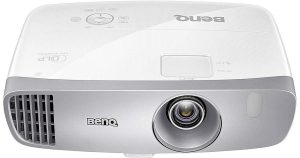In today’s digitized age, small projectors have become indispensable tools for entertainment and presentations. Their compact size and portability offer unparalleled convenience, allowing users to create their own personal theater or conduct a meeting anywhere. However, maximizing the benefits of a small projector involves more than just turning it on. This article outlines practical steps to enhance your projector experience, ensuring optimal performance for work or leisure.
Selecting the Right Environment
Finding the Perfect Spot
The effectiveness of your small projector starts with where you choose to use it. For indoor use, identify a room that allows control over ambient light since too much light can wash out the image. Dark-colored walls absorb light better than light-colored ones, improving the projected image’s visibility and contrast. Alternatively, using blackout curtains can create an ideal viewing environment by reducing light intrusion.
Considering the Surface
While dedicated projector screens offer the best surface for image clarity, they’re not always practical for every user. A smooth, white wall can serve as a decent alternative. Ensure the surface is clean and as flat as possible to avoid distortion. For those seeking a portable solution, a white sheet tightly stretched to remove wrinkles can also work in a pinch, especially for outdoor viewings.
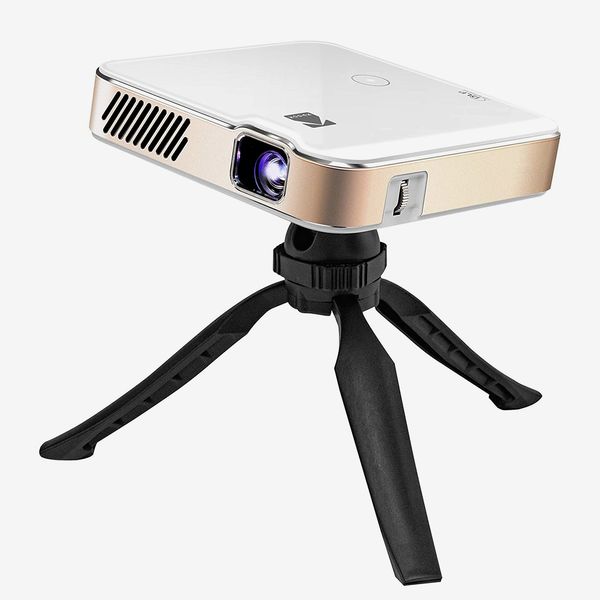
Adjusting Your Projector Settings
Resolution and Brightness
To get the most out of your small projector, delve into its settings menu. Adjust the resolution to match that of the projected content for sharper image quality. If your projector allows, tweak the brightness settings according to your environment. Increase brightness in well-lit areas, and lower it in darker settings to enhance the viewing experience and save on energy consumption.
Keystone Correction and Focus
Nearly all projectors feature keystone correction to resolve image distortion caused by angling the projector upward or downward. Use this feature to square up the image edges. Additionally, spending time to accurately focus the lens cannot be overstressed. A properly focused projector ensures that every detail of the image is crisp and clear, making your content more engaging.

Enhancing Audio Quality
External Speakers
While small projectors are convenient, their built-in speakers often lack the power to deliver high-quality audio. For a more immersive experience, connect external speakers. Use Bluetooth speakers for a wireless setup if your projector supports it. Alternatively, a simple wired connection through an AUX cable can significantly improve your audio setup, providing clearer and more robust sound.
Positioning for Optimal Sound
The placement of your speakers plays a crucial role in sound quality. Position speakers close to the audience for a more direct sound path and less audio loss. For a surround sound experience, distribute speakers evenly around the viewing area. Always ensure the projector’s fan noise does not overpower the audio output, adjusting speaker placement as necessary.
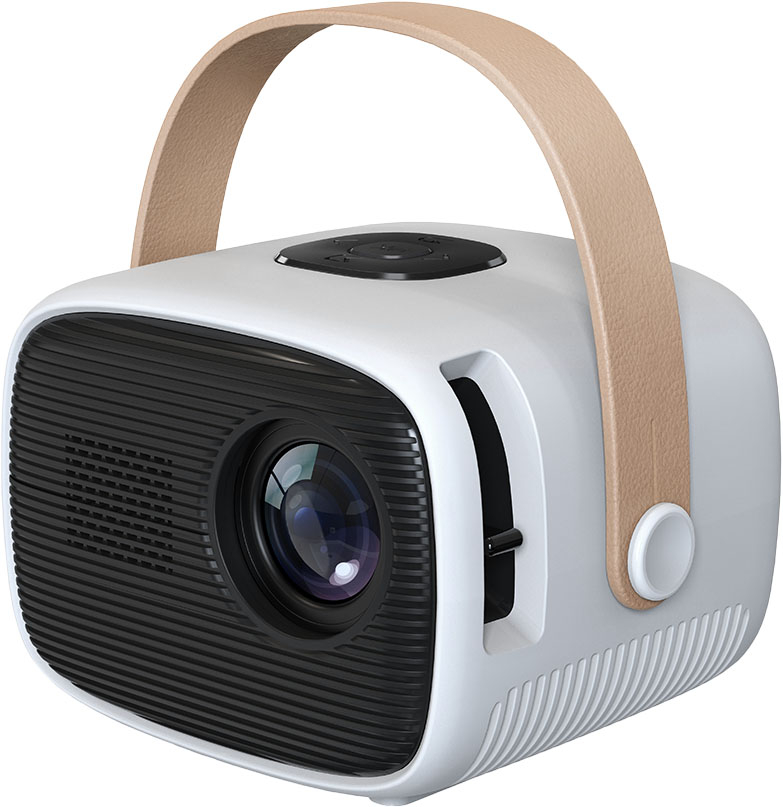
Maximizing Portability
Power Sources
One of the biggest advantages of a small projector is its portability. To truly make your projector mobile, invest in a portable power bank or battery pack compatible with your device’s power requirements. This allows for presentations or movie nights in locations without direct access to power outlets, like a backyard or a camping site.
Transport Protection
Protect your projector during transport to maintain its longevity and performance. Utilize a padded bag or a hard-shell case designed for electronics. For projectors frequently used in outdoor settings, consider a waterproof or shockproof case. Proper protection prevents damage from drops, water, and dust, ensuring your projector remains in top condition.

Exploring Creative Uses
Interactive Art and Decorations
Beyond movies and presentations, small projectors offer a canvas for creative expression. Use your projector to display interactive art, seasonal decorations, or virtual window displays. This can transform spaces for events and parties or simply add a dynamic element to your home decor.
Educational and Gaming Applications
Projectors can also enhance educational experiences and gaming. Project educational materials in a classroom setting or at home for a more engaging learning environment. For gamers, projecting on a large surface can create an immersive gaming experience that screens cannot replicate, bringing games to life in a new and exciting way.
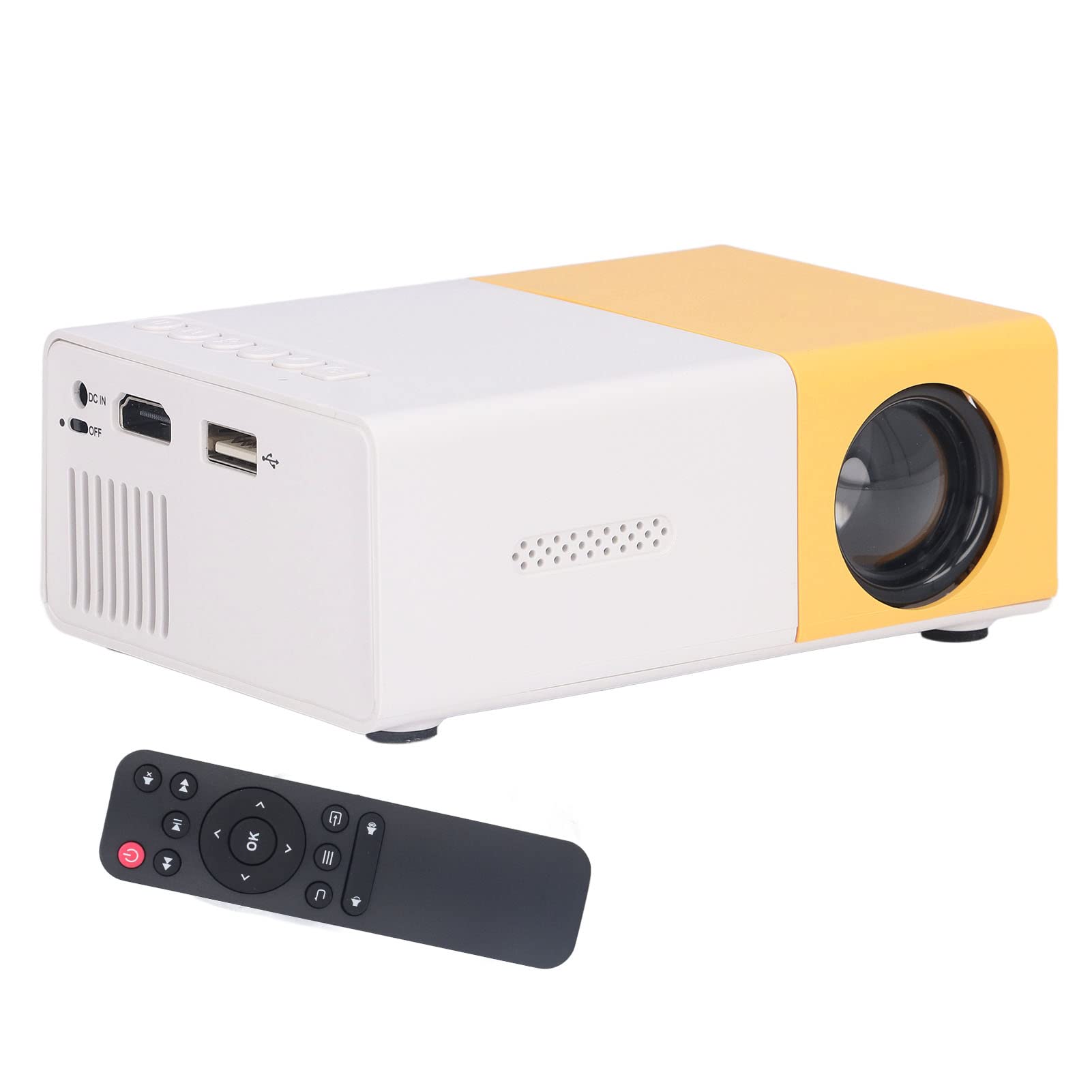
Streamlining Connectivity and Compatibility
Embracing Wireless Technology
Today’s small projectors often come with Wi-Fi or Bluetooth capabilities, streamlining the process of connecting to various devices. Use wireless connectivity to easily link your projector to smartphones, tablets, or laptops without the need for tangled cables. Some projectors also offer screen mirroring or casting functionalities, allowing you to seamlessly share content from your devices directly onto the projected screen.
Adapting to Different Media Formats
Your small projector’s compatibility with multiple media formats will ensure that you’re prepared for any presentation or entertainment need. Ensure your projector supports common video, audio, and image file formats. If your projector has limited built-in media player capabilities, consider using a USB drive, an external hard drive, or a streaming dongle like a Chromecast or Amazon Fire Stick to broaden your content options.
Planning for Long-Term Use
Routine Maintenance
To guarantee your projector’s optimal performance over time, implement a routine maintenance schedule. Regularly clean its lens with a soft, lint-free cloth to prevent dust build-up that can blur the image. Keep the air filters clean to avoid overheating, and update any software or firmware as recommended by the manufacturer to ensure the latest features and fixes are in place.
Bulb Life Considerations
The lifespan of your projector’s light source is crucial to its longevity. LED projectors generally have longer lamp life compared to traditional bulb projectors. Follow the manufacturer’s guidelines for usage to maximize the lifespan of the light source. If the lamp brightness begins to fade or if it’s nearing the end of its rated life, plan for a replacement to maintain the quality of your projections.
Getting the most out of your small projector involves more than mere setup; it requires thoughtful consideration of environment, settings, and use cases. By selecting the right space, adjusting settings for optimum performance, enhancing audio quality, ensuring portability, and exploring creative uses, you can transform your projector experience. Whether for personal enjoyment, professional presentations, or creative expression, these tips will help you unlock the full potential of your small projector, enhancing your visual and auditory experience.

